Benefits for members of entomological societies & Collector Rewards
Your advantage in entomology: Internal offers for beginners learning to identify insects, professionals expanding their collections, and members of entomological societies. Get the latest titles at unbeatable prices—exclusively for our community!
Process for obtaining an internal discount offer:
- Send us a short message by email: info@insect-books.com
- In the subject line, write: DISCOUNT FOR THE INSECT-BOOKS COMMUNITY
- Text: WRITE THE TITLES YOU ARE INTERESTED IN
AND COUNTRY OF DELIVERY
We’ll get back to you within 24 hours
Pro české entomology – pro slevu napište na : vladimir@infoturist.cz
-
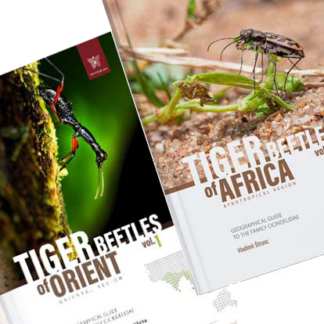
The Tiger Beetles Bundle
Sale! € 249.00 Add to cart -

Pack for Entomologists
Sale! € 229.00 Add to cart -
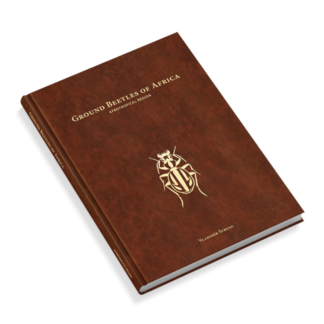
Ground Beetles of Africa (2nd edition)
€ 136.00 Add to cart -
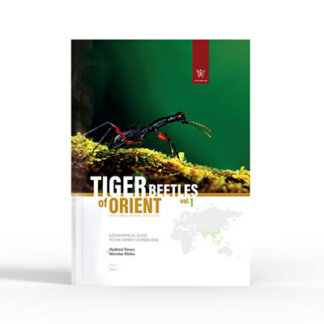
Tiger Beetles of Orient
€ 129.00 Add to cart -
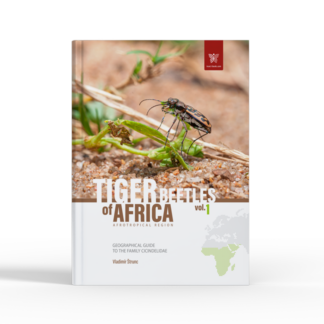
Tiger Beetles of Africa
€ 129.00 Add to cart -
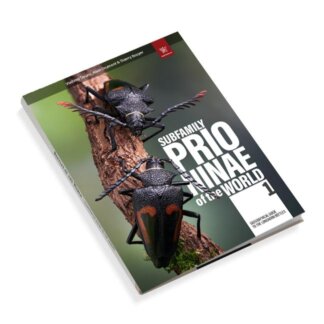
Subfamily Prioninae of the World I.
€ 109.00 Add to cart -
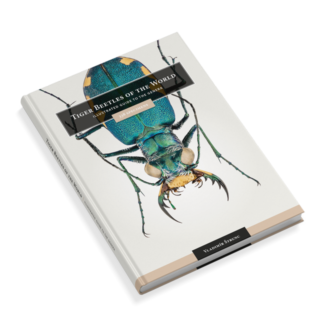
Tiger Beetles of the World
€ 109.00 Add to cart -
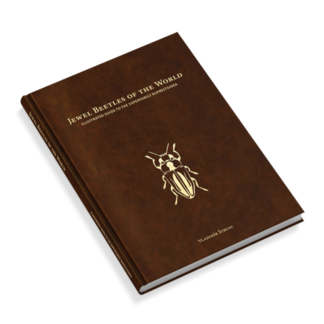
Jewel Beetles of the World
€ 105.00 Add to cart -
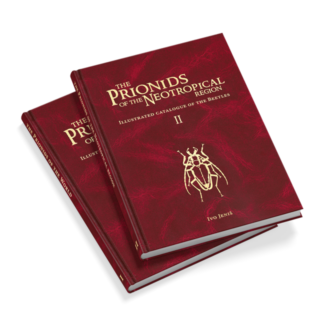
The Prionids Collection Bundle
Sale! € 99.00 Add to cart -
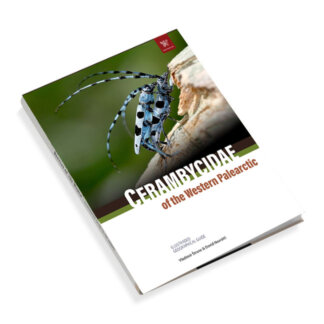
Cerambycidae of the Western Paleartic I.
€ 59.00 Add to cart -
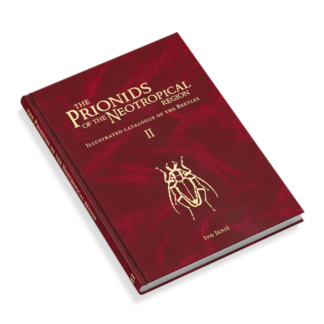
The Prionids of the Neotropical region
Sale! € 59.00 Add to cart -

The Prionids of the World
Sale! € 59.00 Add to cart